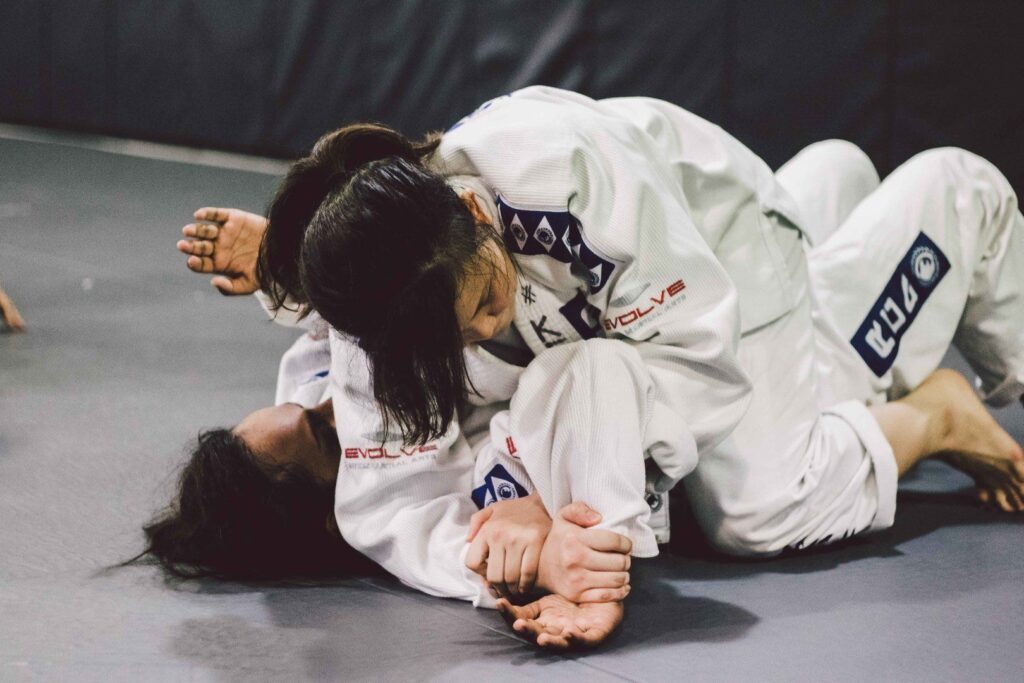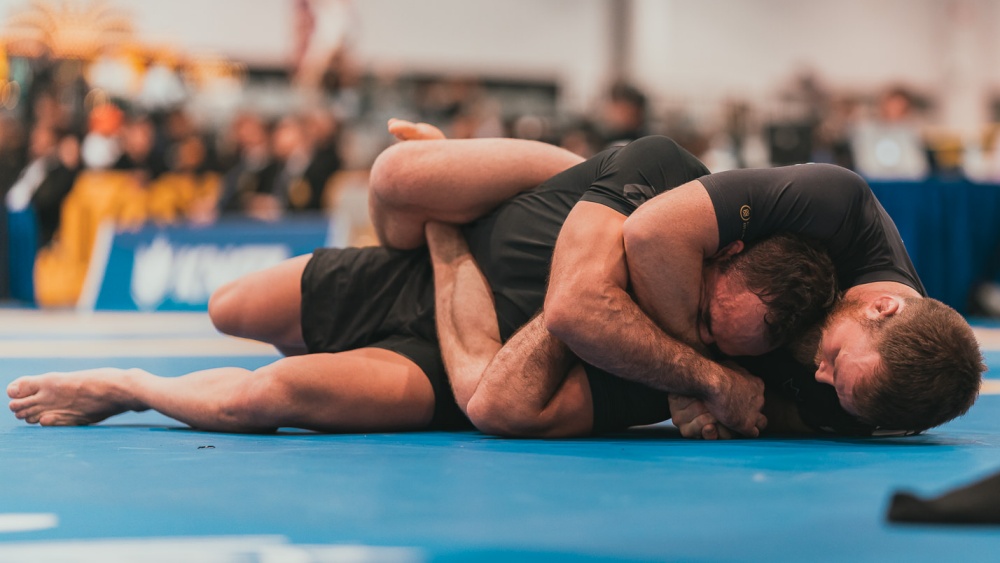Brazilian Jiu-Jitsu is a combat art that emphasizes ground fighting, controlling tactics, and submission holds. It’s a complex and intricate sport that requires not only physical strength but also strategic thinking and precise technique. One of the fundamental aspects of BJJ that often gets overlooked by beginners but is vital to success is wrist control. This article will explore the importance of wrist control in BJJ, its applications, techniques, and the strategic advantage it provides.
Understanding Wrist Control
Wrist control refers to the act of controlling an opponent’s wrist or hand, limiting their ability to move, attack, or defend. It’s a subtle yet powerful tool that can be used in various positions and scenarios within a BJJ match.
Why Wrist Control Matters
For the uninitiated, wrist control seems like a minor, even useless, aspect of grappling. This is absolutely far from the truth! Utilizing wrist control has a number of valuable benefits. Below are some examples of why you should improve your wrist control today.
- Control And Dominance: By controlling the wrist, you limit your opponent’s options and dictate their movements. This control lets you impose your game plan and forces the opponent on the defensive. The mere act of grabbing the opponent’s wrist can already limit the number of surprise attacks they can do; this includes a variety of jumping submissions, like the flying armbar and rolling kimura. This also allows you to monitor where the opponent plans to attack you based on where you are in the match.
- Setting Up Submissions: Using wrist control can be a pathway to various submission holds. By controlling the wrist, you can manipulate the arm’s positioning, leading to armlocks, chokes, and other submission opportunities. An example is using the Two-on-One to force your opponent to move forward, opening up attacks like the triangle choke and wrestle-ups. Understand that the submissions you can employ largely depend on the grip you use. It is best to know these nuances so that you can effectively maximize your submission attempts.
- Defensive Strategy: Wrist control isn’t just an offensive tool; it’s also a critical defensive strategy. By controlling an opponent’s wrist, you can prevent them from establishing their own grips. This leads to fewer options on their part as they are not in the proper position to attack.
- Transitioning Between Positions: Lastly, wrist control can facilitate smooth transitions between positions. It can help you move from guard to mount or from side control to back control, maintaining control and pressure throughout the transition. Limiting their offensive movement by grabbing their wrist opens the door for you to move to better positions. If you watch the best in the world compete, you’ll surely see that they first use wrist control tactics before they move from one position to the next.
Techniques And Applications
Now that we discussed the benefits of wrist control, let’s review the techniques themselves. Here is a rundown of the most common wrist control variations you typically see in competition.
- Two-On-One Wrist Control: This technique involves using both of your hands to control one of your opponent’s wrists. It’s a robust controlling method that can be used to set up arm drags, take the back, or transition to various submissions. This technique is used in all grappling sports but is particularly popular in No-Gi Jiu-Jitsu due to the lack of gripping options.
- Cross Wrist Control: This involves controlling the opponent’s opposite wrist (your right hand controlling their left wrist). It’s commonly used in guard positions to prevent the opponent from establishing grips or posturing up. Think of this as a variation of the cross collar control when playing the Gi, but you grab the cross hand instead.
- Same Side Wrist Control: Controlling the wrist on the same side can be used to prevent the opponent from framing, creating space, or attacking with submissions. It’s often used in the standup, as well as side control or mount to maintain pressure and control.
- Wrist Locks: Technically, this is a submission, not a controlling grip. But since the basic premise is pretty much the same, we decided to include the wrist lock in this list. While not as common as other submissions, wrist locks can be an effective and surprising attack. By controlling and manipulating the wrist, you can apply pressure to the joint, forcing a quick tap.
Strategic Advantage
Wrist control provides a strategic advantage by allowing you to dictate the pace and direction of the match. It’s a tool that requires finesse, timing, and a good understanding of leverage. Here’s how it offers a strategic edge:
- Neutralizing Stronger Opponents: Wrist control can be a great equalizer against physically stronger opponents. By controlling the wrist, you can neutralize strength advantages and focus on technique and leverage.
- Creating Opportunities: Wrist control creates openings for attacks and transitions. It forces the opponent to react, and in their reaction, opportunities for submissions or positional advancements may arise.
- Conserving Energy: Effective wrist control allows you to control the match without exerting excessive energy. It’s a way to maintain control and pressure without relying on brute strength.
- Enhancing Other Techniques: Wrist control is often a complementary tool that enhances other techniques. Whether setting up a sweep, securing a submission, or maintaining a dominant position, wrist control adds an extra layer of effectiveness to your overall game.
How To Win The Battle For Wrist Control
In this video, we look at the basic fundamentals of fighting for wrist control. Essentially, your first line of offense (as well as defense) lies in how well you fight for grips. This short instructional will surely help you better understand how to initiate the grip fight once a match starts.
Conclusion
Wrist control in BJJ is a nuanced and multifaceted aspect of the sport that offers both offensive and defensive benefits. It’s a skill that requires practice, precision, and strategic thinking. Whether you’re a beginner or a seasoned practitioner, understanding and incorporating wrist control into your game can elevate your performance and success on the mat. From control and dominance to setting up submissions and transitioning between positions, wrist control is a vital component of BJJ.
By embracing the importance of wrist control, practitioners can develop a more complete and versatile BJJ game, ready to adapt and overcome various challenges and opponents. It’s a subtle art within the art of grappling, reflecting the beauty and intricacy of this beloved martial art.
You may also like:

















